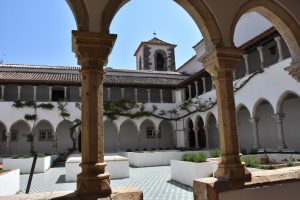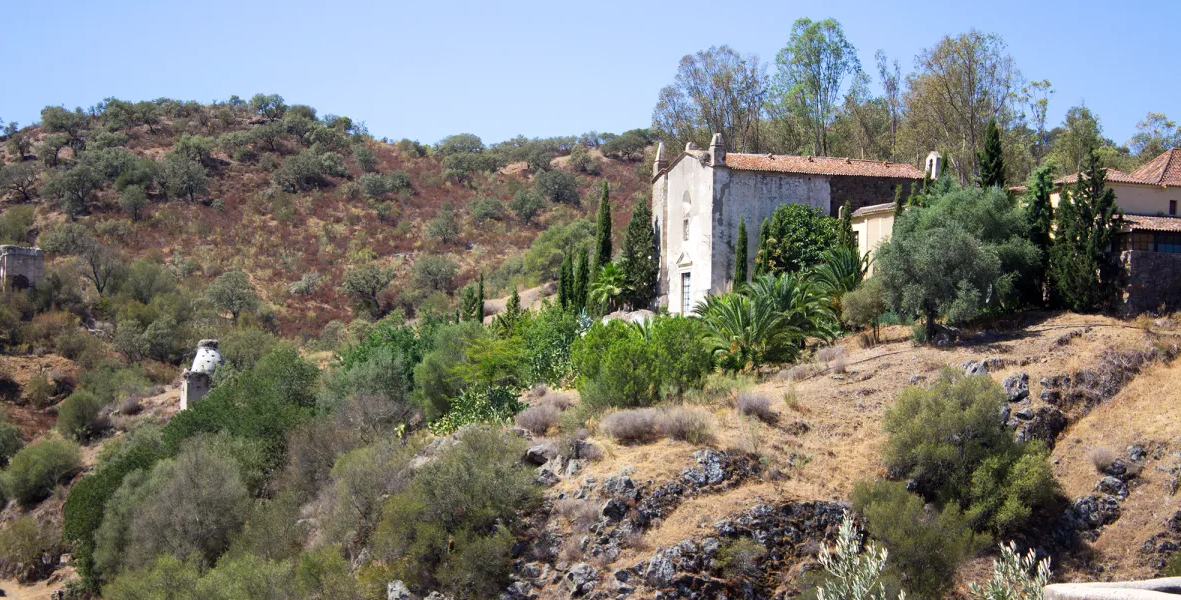Portugal’s Forgotten Monasteries and Convents, through History and Spirituality
Portugal, a country rich in history and cultural heritage, harbors a hidden gem that beckons travelers seeking to delve into the depths of its past and spirituality: the Path of Forgotten Monasteries and Convents. This extraordinary journey takes enthusiasts through landscapes dotted with remnants of ancient religious life, offering a glimpse into Portugal’s deep-rooted traditions and the spiritual legacy left by centuries of monastic and conventual life.
Unveiling Portugal’s Spiritual Tapestry
Portugal, renowned for its stunning coastlines, historic cities, and vibrant culture, holds a lesser-known but equally captivating facet—the spiritual heritage that pervades its countryside. The Path of Forgotten Monasteries and Convents winds through the heart of this heritage, inviting visitors to explore secluded ruins, picturesque cloisters, and the stories of devotion that once filled these sacred spaces.
A Historical Tapestry
The origins of the Path of Forgotten Monasteries and Convents lie in Portugal’s medieval past, a time when religious orders and convents flourished under royal patronage. These institutions played crucial roles not only in spiritual life but also in education, healthcare, and arts, shaping the cultural landscape of the country.
Begin your journey in Northern Portugal, where the lush greenery of Minho and the granite landscapes of Trás-os-Montes conceal ancient monasteries and convents. The Monastery of Santa Maria de Pombeiro, founded in the 10th century, offers a glimpse into Romanesque architecture and the life of Benedictine monks.
In Coimbra, the Convent of Santa Clara-a-Nova stands as a testament to female religious life, where Saint Queen Isabel of Portugal rests in eternal peace. Its serene cloisters and Baroque chapel reflect the spiritual devotion of the Poor Clares and their enduring influence on Portuguese society.
Central Portugal beckons with its Manueline architecture, a blend of Gothic, Renaissance, and Moorish influences that adorned many monastic and conventual complexes. The Monastery of Batalha stands as a UNESCO World Heritage site, its intricate stonework telling tales of Portugal’s Golden Age and the legacy of King João I’s vow to the Virgin Mary.
Moving eastward, explore the Convent of São Francisco de Varatojo em Torres Vedras. In the Gothic-style cloister, embraced by a century-old wisteria, stands a stunning Manueline portico adorned with large finials. This portico provides access to the Chapter House and the Church, whose interior is elegantly lined with 17th-century tiles.

The journey southward leads to Alentejo, where the golden plains and cork oak forests cradle ancient convents like the Convent of São Francisco de Mértola. Nestled in the historic town of Mértola along the Guadiana River, this convent echoes tales of Moorish influence and Christian resilience.
Embracing Spiritual Legacy
Beyond their architectural splendor, the monasteries and convents along this path embody the spiritual devotion and cultural patronage that shaped Portugal’s identity. The Path of Forgotten Monasteries and Convents invites travelers to reflect on the enduring legacy of these religious communities, whose contributions to education, healthcare, and the arts resonate through the ages.
Practical Considerations
Accessibility and Accommodation: While some sites are well-preserved and easily accessible, others may require hiking or navigating rural roads. Accommodation options range from historic pousadas to modern hotels, offering a blend of comfort and cultural immersion.
Guided Tours and Resources: Consider joining guided tours or using local resources to enhance your experience, gaining insights into each site’s historical significance and spiritual symbolism. We can also plan your visit to coincide with cultural events, local festivals, or religious celebrations, where communities honor their spiritual heritage through music, processions, and traditional cuisine.
The Path of Forgotten Monasteries and Convents in Portugal is more than a mere journey through architectural marvels; it is an odyssey through centuries of spiritual devotion, cultural patronage, and historical resilience. Whether tracing the austere beauty of medieval monasticism or marveling at Manueline grandeur, each step along this path unveils a tapestry of Portugal’s past, inviting travelers to connect with the country’s rich spiritual heritage and timeless allure. Discover this hidden gem and embark on a transformative journey through Portugal’s sacred history—one monastery and convent at a time.

For tailor-made tours or other programs, please get in touch with us by telephone or by filling out the form below.


